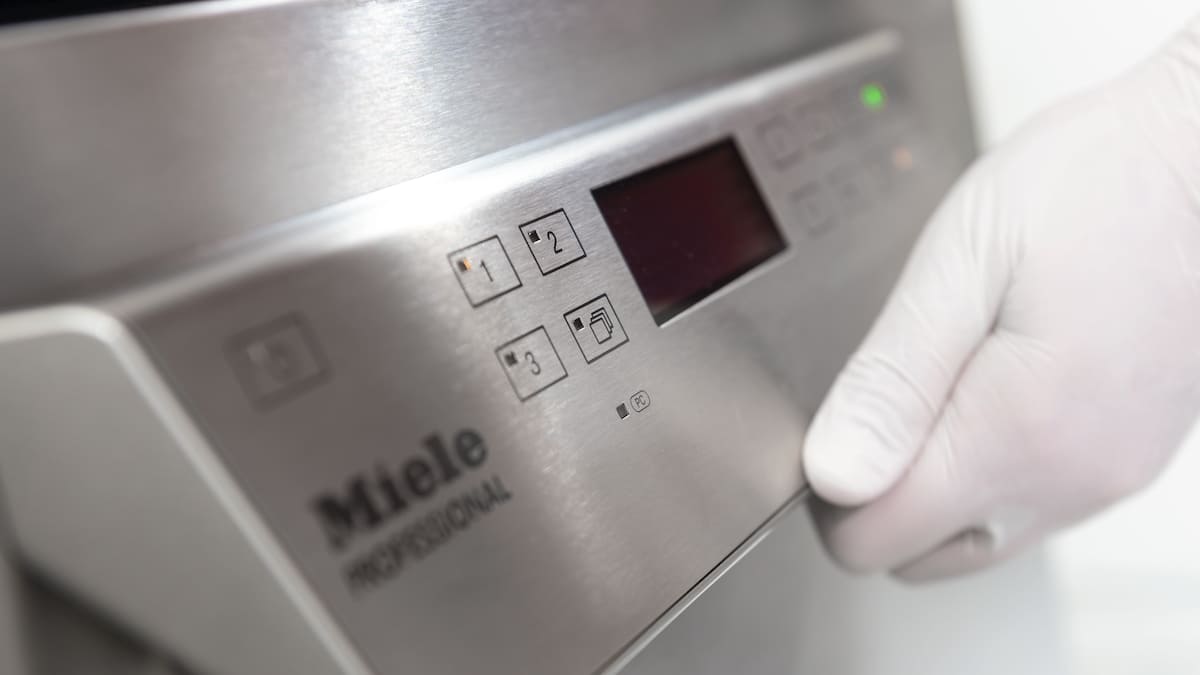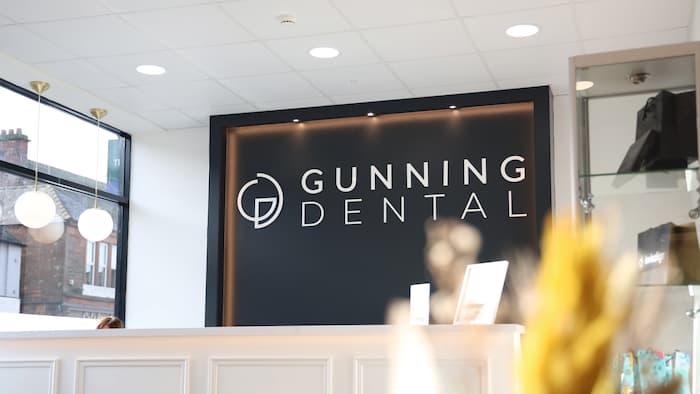
Hygiene and infection control in dental surgeries – what does it mean?
Crucially, infection control and prevention is centred around minimising the risk of infection and recontamination, and is vital in environments where treatments and surgeries take place. The General Dental Council outlines in its ‘Putting patients’ interests first’ principle that patients must be treated in a safe and hygienic environment, and that the onus is on clinical staff to find out about the laws and regulations specific to their own clinical practice.
Whether you’re starting from scratch with your hygiene or infection control policies, or you’re revising existing guidelines to bring them up to date, we’ve compiled a handy list of key considerations to help you cover off the key points. Not only are these crucial to keep your staff and patients safe, but they also play a key role in protecting the reputation of your dental surgery.

- 1. Policy – The Department of Health’s Health Technical Memorandum (HTM) 01-05 aims to reduce the risk of cross-infection and is a good foundation for your own policy. Every dental practice should have an infection control policy that is updated regularly and accessible to all staff. It’s important that all new staff receive a thorough briefing and training to ensure that processes are followed consistently by the entire team throughout the practice.
- Infection control lead – Nominate an infection control lead to take on the responsibility of ensuring the policy is up to date and that all clinical staff have adequate training and carrying out the required processes.
- General hygiene and cleanliness – Hygiene and infection control in clinical areas is non-negotiable, but also consider the wider practice. The reception, waiting areas, toilet facilities and consultation rooms should also be clean and well-ventilated. All staff should appear clean and presentable, with no visible soiling or staining on uniforms, scrubs, or PPE.
- Hand hygiene – As one of the main routes of cross-infection, staff should take extra care with hand contact and hygiene. Your infection control policy should define when staff should wash their hands – before and after treatments or contact with a patient, and before and after use of PPE are often standard. It can also be helpful to provide visual reminders of the correct handwashing process around clinical areas, reminding staff not to neglect between fingers, under fingernails, the backs of their hands, and from their palms up to their wrists.
- Appropriate use of PPE – Your infection control policy should clearly state when you expect staff to use PPE, and when it should be given to patients. Guidelines state that PPE should be single use wherever possible and disposed of safely, but to minimise your contribution to landfill, you could opt for reusable items that are safe to use again once they’ve been disinfected and laundered in a commercial washing machine to the equipment manufacturer’s guidelines.
- Reprocessing of instruments – Dental instruments must be cleaned and disinfected after use. While this can be done manually, best practice requirements can be fulfilled by using a professional washer-disinfector, following the manufacturer’s instructions, and using an appropriate salt or detergent. Once the instruments have completed the disinfection cycle, they can be handled and inspected for any visible debris before moving onto the sterilisation stage. If any visible debris or staining remains, they should be reprocessed.
- Sterilisation – Best practice then states that instruments should undergo sterilisation, using an autoclave that uses thermal disinfection and applies both steam and pressure. Guidelines state that equipment should reach and maintain temperature of 134-137°C for a minimum of three minutes at a 2.1–2.25 bar gauge pressure. It’s important to make sure that staff operating the equipment have received full training and understand correct usage and the different features and functions.
- Packaging and storage – After sterilisation, instruments can remain in sealed packaging for 12 months, while unpackaged equipment can remain in a covered container for a week. If the instruments remain unused after this time, they must undergo the disinfection and sterilisation processes again.
- Dirty and clean segregation – Decontamination should take place as far away from patient treatment areas as possible. If this is not possible, decontamination should only be carried out when no patients are present. Instruments should be transported to and from the decontamination area in lockable ‘clean’ and ‘dirty’ boxes. Establishing a dirty to clean workflow in the decontamination area is essential to reduce the risk of cross infection, while the space should have adequate ventilation and a clean to dirty airflow.
How can Miele help?
- Solutions for instrument processing – Miele Professional has been developing solutions for the cleaning, disinfection, and sterilisation of dental instruments for over 60 years. Thermal disinfectors typically deliver a better cleaning performance and improved process security.
- Solutions for cleaning and care of surgery laundry – Investing in high quality commercial laundry equipment is the best way to ensure high hygiene standards for uniforms and surgery workwear.
- Hygiene solutions for theatre shoes – We also offer washer disinfector models specifically for the hygienic and safe cleaning of theatre shoes, saving time versus manual cleaning and ensuring peace of mind for both staff and patients.
- Solutions for hygienic dishwashing – Maintain high cleanliness standards beyond the patient and treatment rooms by ensuring cutlery, crockery and glassware in staff rooms is left spotless. Plus, investing in a dishwasher can free up the time staff would otherwise spend on washing up, so they allocate more time to doing what they do best.
Miele Professional collaborates closely with dentists and instrument manufacturers to develop highly efficient, reliable solutions for hygiene and infection control. Learn more here or get in touch for more information.

